Speech pathologists working with adults who stutter: let’s open our ears and minds
The problem:
Speech-language pathologists (SLPs) argue with each other about the “best” or “most evidence-based” approach to support adults who stutter. Many SLPs are trained in a particular therapy approach and use it with every client. Others start with a model that appeals most to their personal world view, and deliver therapy with goals dictated by the model.
Why it matters:
Sometimes, SLPs get so focused on their preferred model of care, program, or approach, that they exhibit a cognitive bias called Maslow’s hammer. (If the only tool you have is a hammer, you are tempted to treat everything as if it were a nail.) When you do this, you forget the most important thing: what your client actually wants!
Zoom in:
Different people who stutter come to SLPs seeking a variety of evidence-based supports, including:
- affirmation that stuttering is common, doesn’t need to be concealed, and is nothing to be ashamed about;
- education about what stuttering is (and isn’t);
- coaching in particular fluency-enhancing techniques to consider in specific challenging or frustrating situations (e.g. for job interviews);
- communication training to build general confidence to speak when stuttering (e.g. for meetings, debates, or community talks);
- speech restructuring to learn a speech pattern to speak without or without much obvious stuttering;
- connections with other people who stutter (e.g. to mentors and self-help groups and communities) and to other health professionals who can help;
- connections with mental health professionals, e.g. for help with social anxiety and mental health;
- advocacy, e.g. in workplaces, or for work accommodations or adjustments; and/or
- medico-legal opinions, e.g. in workplace disputes or discrimination claims.
People > models:
SLPs must (of course) understand medical and social models of stuttering, and the latest research. But they must not confuse models with reality, or seek to impose a single approach on clients. Instead, they should:
- listen to their clients to understand their objectives;
- provide unbiased information about options, and risks and benefits of different approaches, to help clients achieve their goals; and
- challenge themselves to keep an open mind and to learn about new approaches that conflict with their original training.
Practising what I preach:
Last week, I read a peer-reviewed study about an approach called “Multidimensional Individualised Stuttering Therapy” developed by researchers in Norway and the UK (see below). Although the study lacked a control group, or enough detail to replicate the treatment with confidence, it contained some useful and practical ideas about mindfulness-based strategies (self-compassion, acceptance without judgment), collaborative goal-setting, and personalised care that help me to expand my toolkit and improve the way I listen to and work to support an adult who stutters.
Read more:
Multidimensional Individualized Stuttering Therapy Outcomes At 24 Months Post Clinic: An Embodiment and Awareness Perspective (Open Access)
Stuttering therapy: going beyond medical models


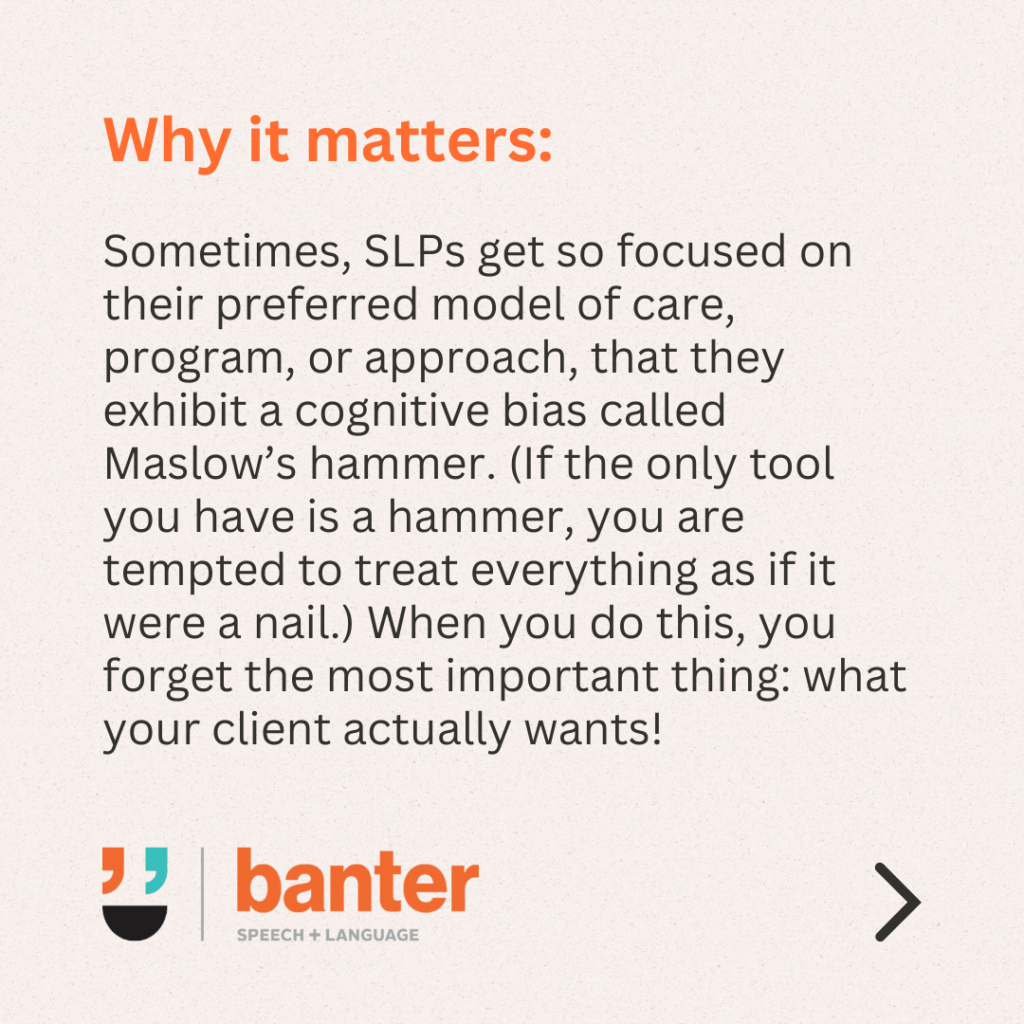

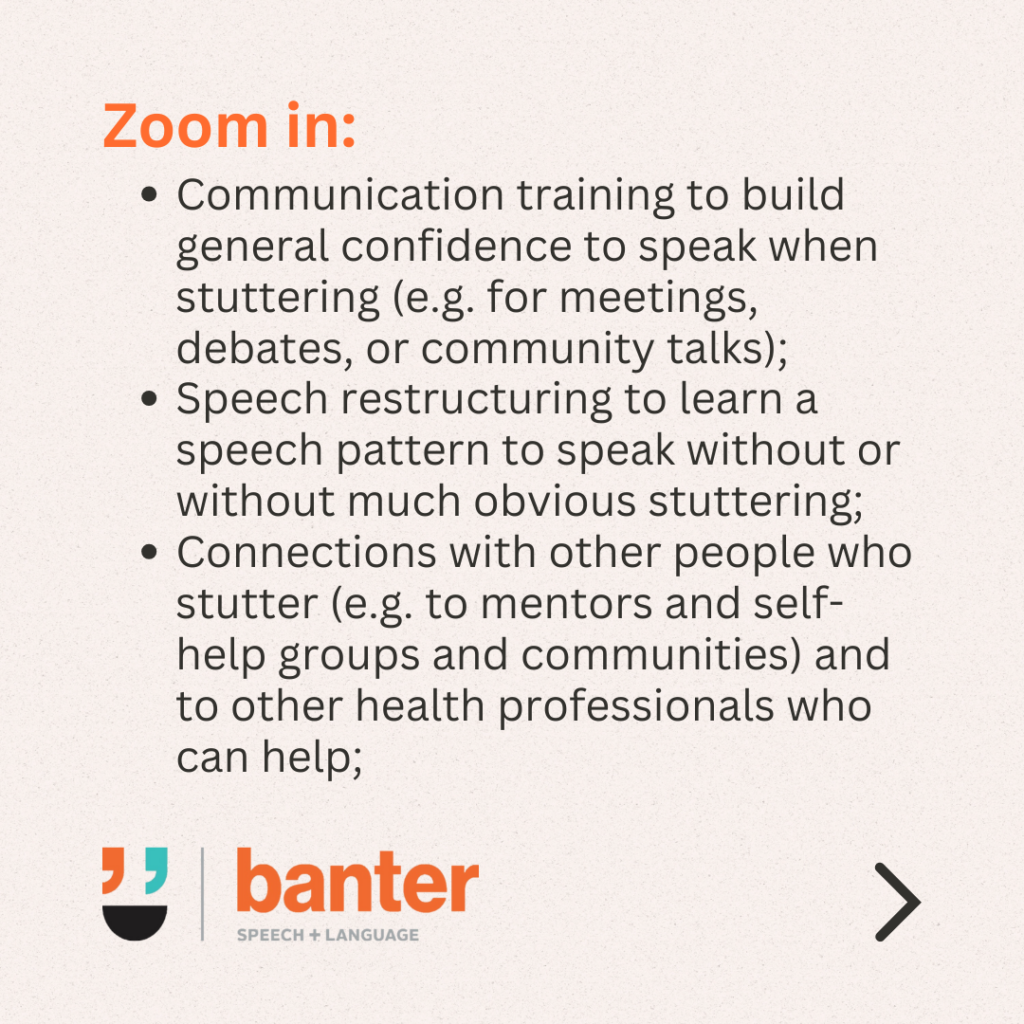
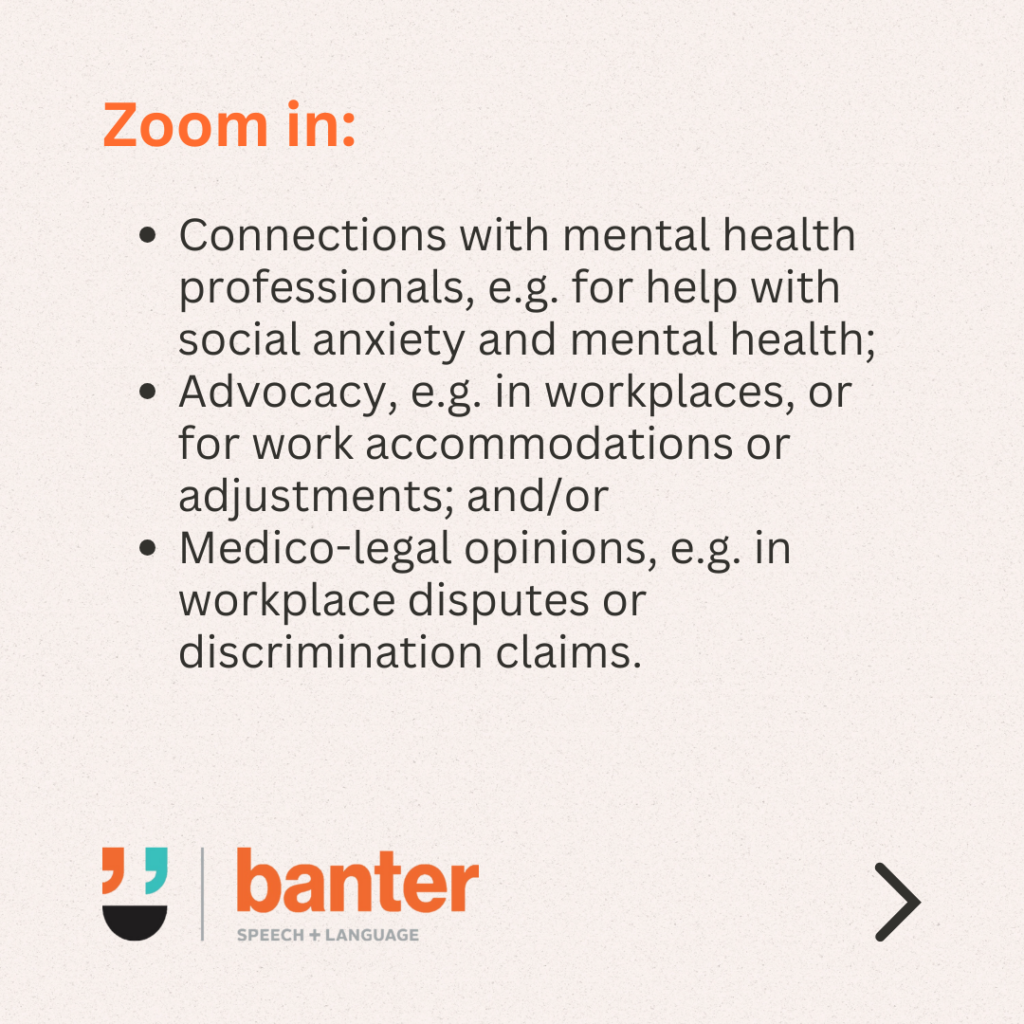
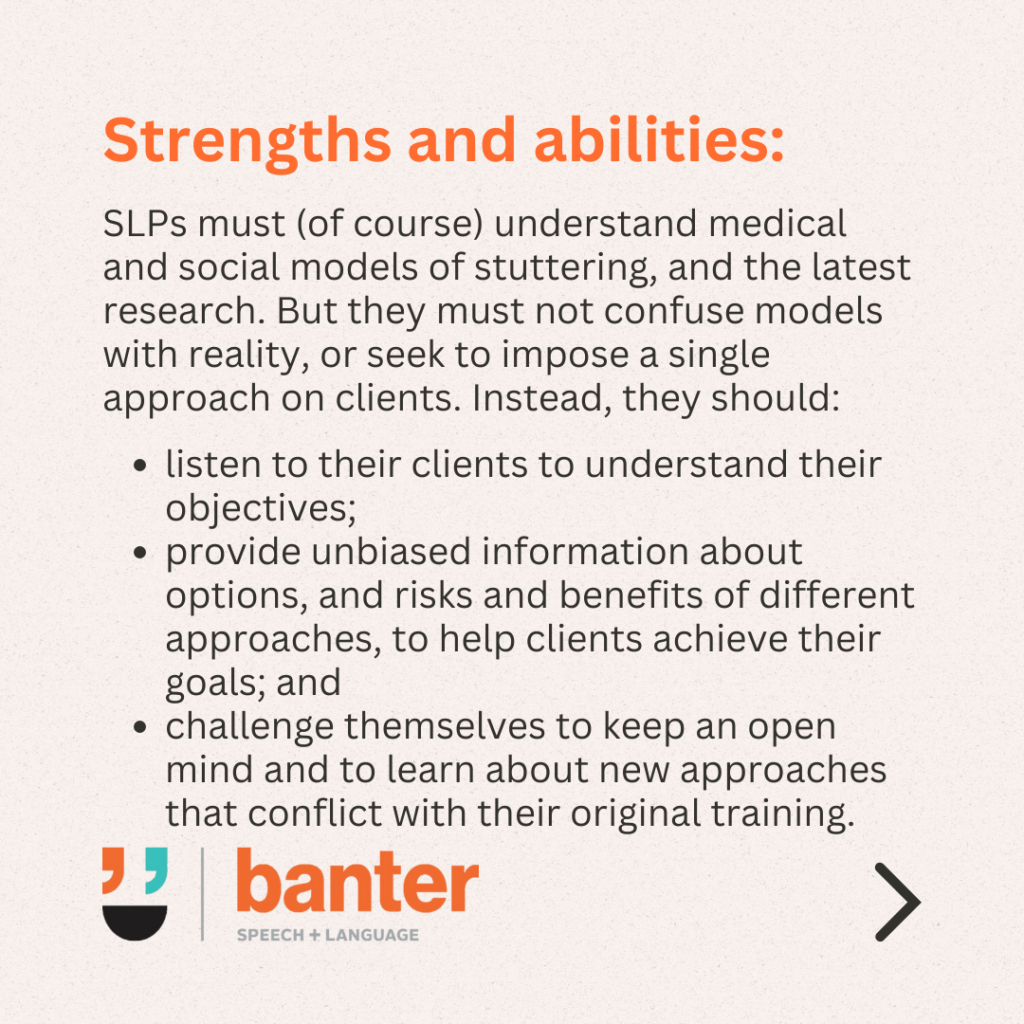
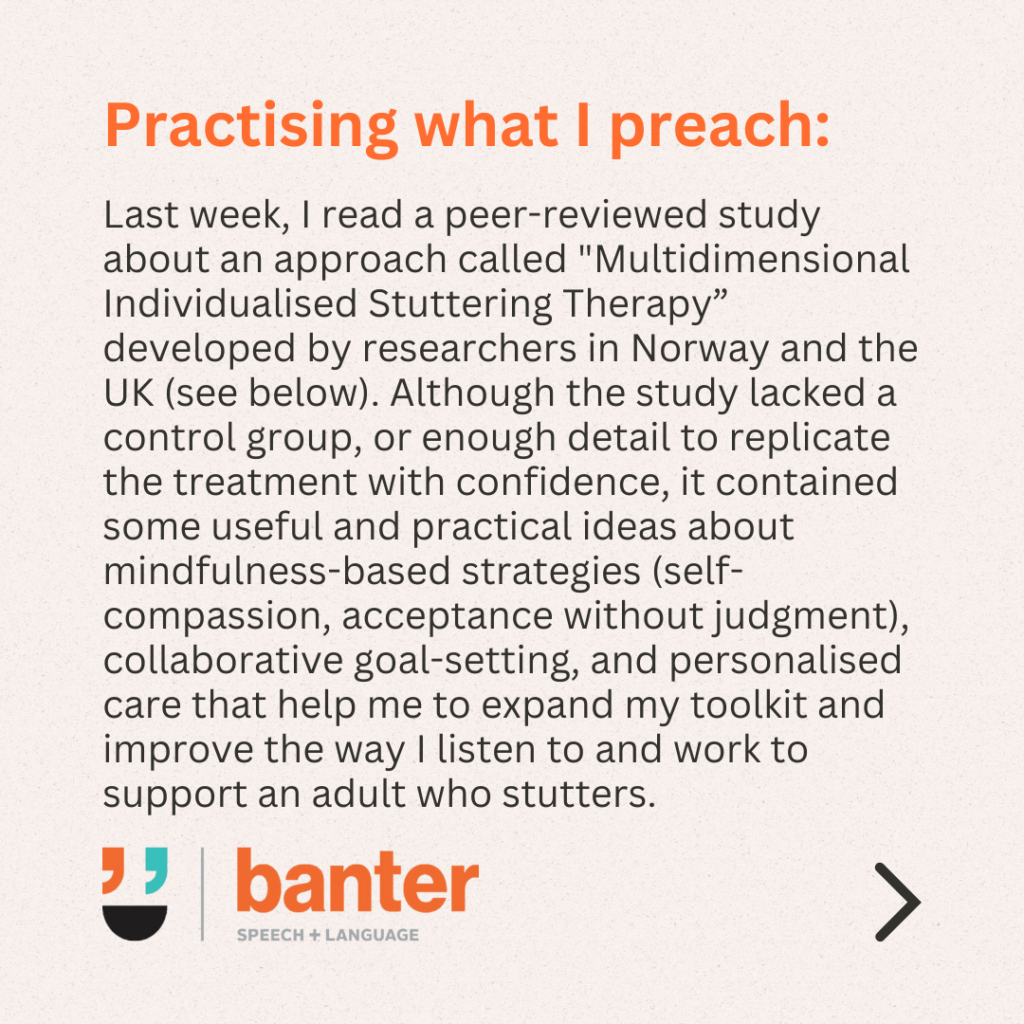
This article also appears in a recent issue of Banter Booster, our weekly round up of the best speech pathology ideas and practice tips for busy speech pathologists, speech pathology students and others.
Sign up to receive Banter Booster in your inbox each week:

Hi there, I’m David Kinnane.
Principal Speech Pathologist, Banter Speech & Language
Our talented team of certified practising speech pathologists provide unhurried, personalised and evidence-based speech pathology care to children and adults in the Inner West of Sydney and beyond, both in our clinic and via telehealth.








